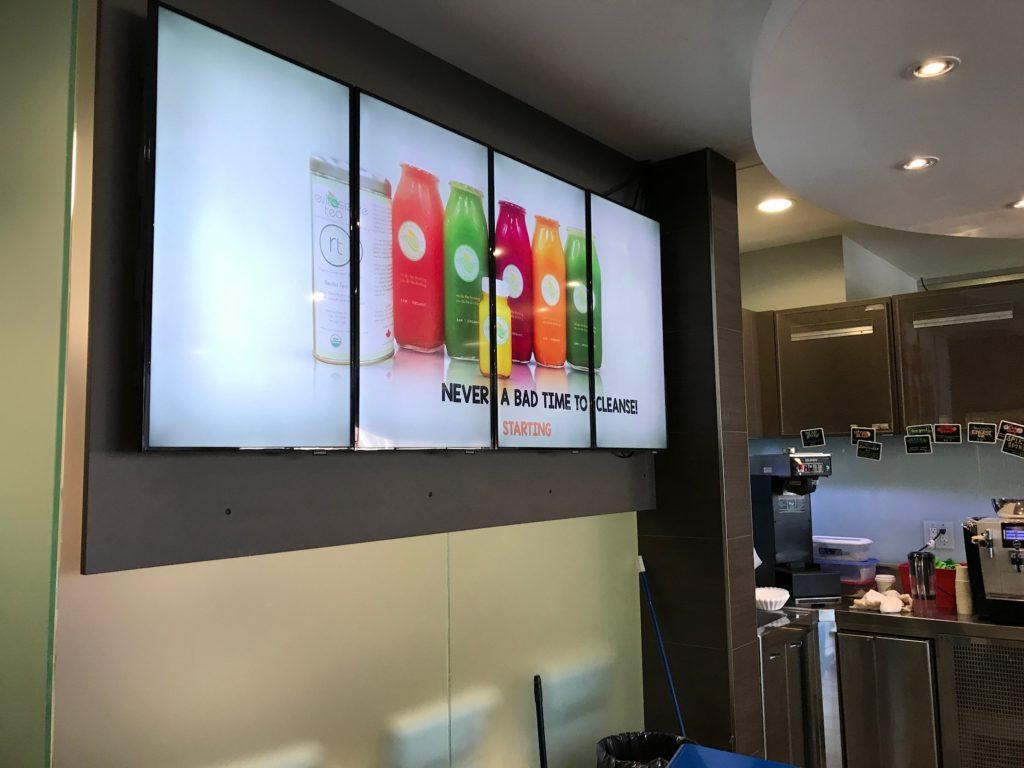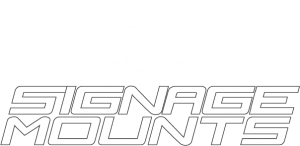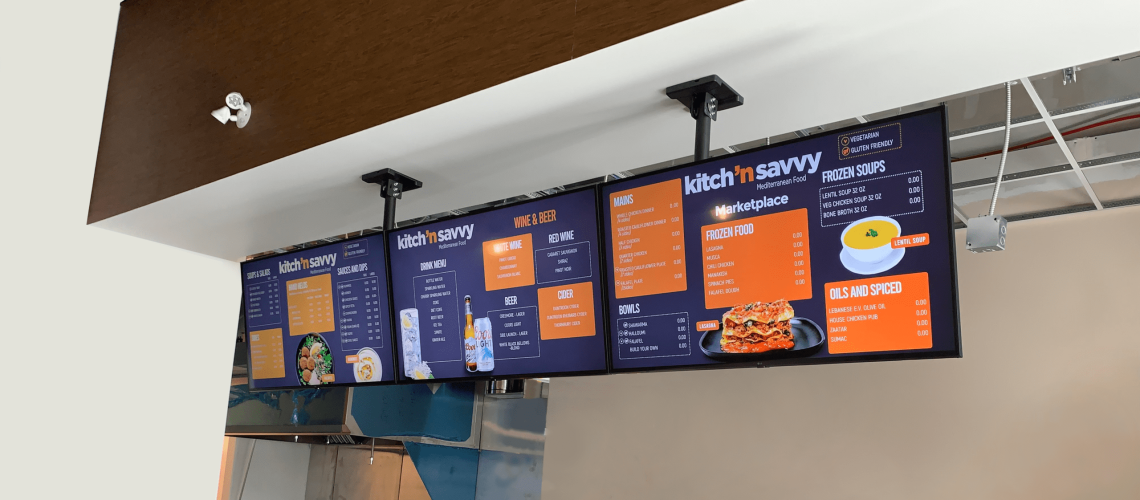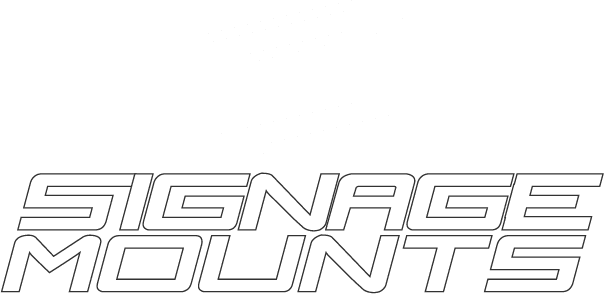In the modern era, digital menu boards are increasingly prevalent, with a growing number of restaurants embracing them daily. Diverging from conventional static menus, these dynamic electronic showcases are now a ubiquitous sight in restaurants, cafes, and even fast-food chains. Beyond mere modern convenience, they offer real-time updates, captivating visuals, and cost-saving advantages. But what precisely constitutes a digital menu board? This article delves into its definition, benefits, and common features.
What is a Digital Menu Board Exactly?
A digital menu board, also known as a digital menu display, serves as a type of digital signage commonly found in restaurants, fast-food outlets, and other food service establishments as a replacement for traditional printed menus. Instead of physical boards, these establishments utilize digital screens to showcase menu items, prices, and specials in an engaging and dynamic manner. These screens can be mounted on walls or ceilings, offering various orientation options depending on the setting. Digital menu boards often serve as focal points, capturing the attention of customers from the moment they enter until they place their orders.
This form of menu presentation has become a standard feature in modern restaurants due to its convenience, adaptability, and user-friendly nature. Key attributes such as remote content management, dynamic video and image capabilities, and sophisticated content scheduling are prevalent in this type of restaurant digital signage.

What are the Components of a Digital Menu Board?
Similar to other styles of digital signage, digital menu boards are typically comprised of 3 main components:
- Digital Signage Hardware: The physical components that make up your digital menus, which can vary from company to company. While many restaurants typically use commercial grade tvs for menu boards, digital kiosks and touch screen kiosks are also used as well. In order to facilitate a network connection, digital signage hardware also typically includes a media player to receive and play your content.
- Digital Signage Software: This software is what enables the deployment, creation, editing, analysis, and scheduling of your content on your screens.
- Digital Signage Content: The content deployed on your digital signage, which can include a combination of images, video, text, audio, and more.
Who Benefits from Digital Menu Boards?
This style of modern digital menu has become so popular because it benefits both your customers and your restaurant. If it is a busy Saturday morning at your café and your line stagnates because customers cant read your menu ahead of time, what do you do? By leveraging modern technology and elevating your customers experience, your restaurant is the one who benefits the most in the end.
Here are just some of the benefits of digital menu boards:
- Digital menu boards are convenient! Update your menu in seconds from anywhere in the world and ensure the information displayed to your customers is always accurate.
- Digital menu boards keep your lines moving because people can easily read your menus ahead of time.
- Dynamic and moving menus keep your customers engaged while they wait, and is the perfect place to place relevant important updates.

What are the Most Popular Digital Menu Board Features?
- Dynamic Content: Digital signage allows for the easy creation and display of dynamic content for your menu boards. This content can include any combination text, images, videos, and animations, and can be customized to perfectly fit your branding.
- Remote Management: Digital signage providers offer a service which allows you to change, update, and schedule your content through an online portal instantaneously. This ensures your customers always have the correct information, and gives you full control as a restaurant owner.
- Dayparting Scheduling: Dayparting is a feature which allows you to customize the content shown to your customers and show different elements at different time. Separate breakfast, lunch, and dinner menus can be preprogrammed for specific times for example, or you can set a special menu or promo to show for a limited duration. This feature can also be used to A/B test new menu items or features as well.
- Cost-Effective Updates: Rather then printing new physical signage every time you need to make a change, digital signage allows you to make changes instantly and in a cost-effective manner. Are you out of a specific menu item? Easily note that on your menu board, or remove the item entirely until it comes back in stock as to not confuse customers.
- Upselling Opportunities: Digital menu boards can strategically promote your combos and specials by using dedicated dynamic content. Showcase relevant combos, add-ons, and special offers to increase your average transaction right at your point of sale.


